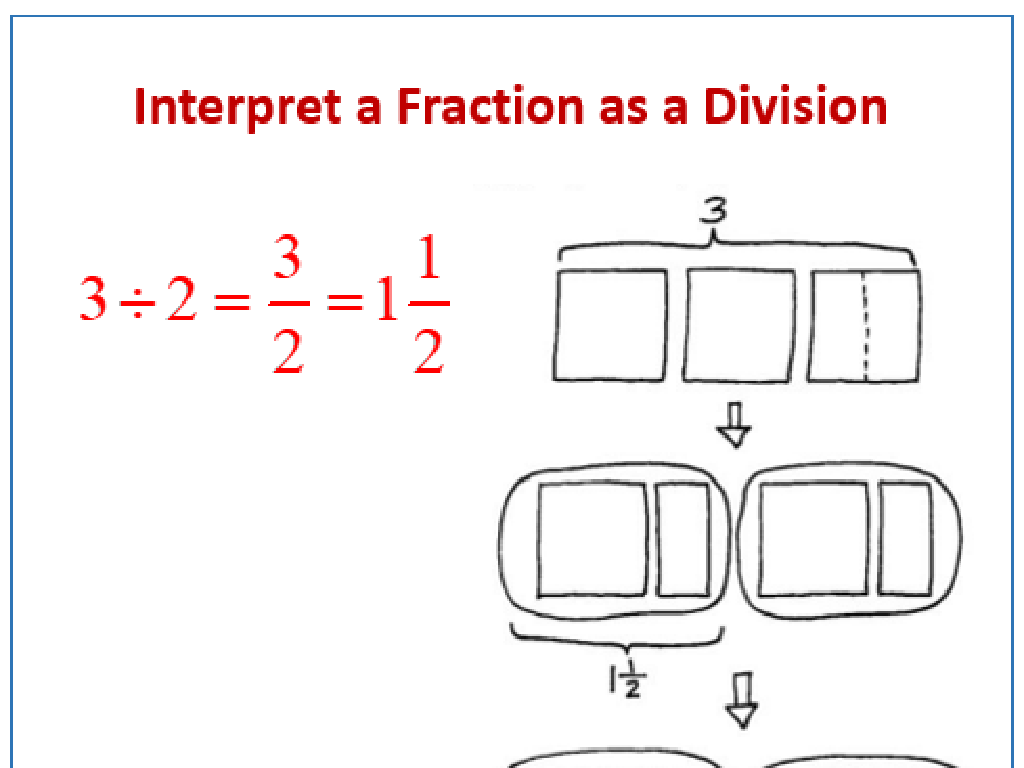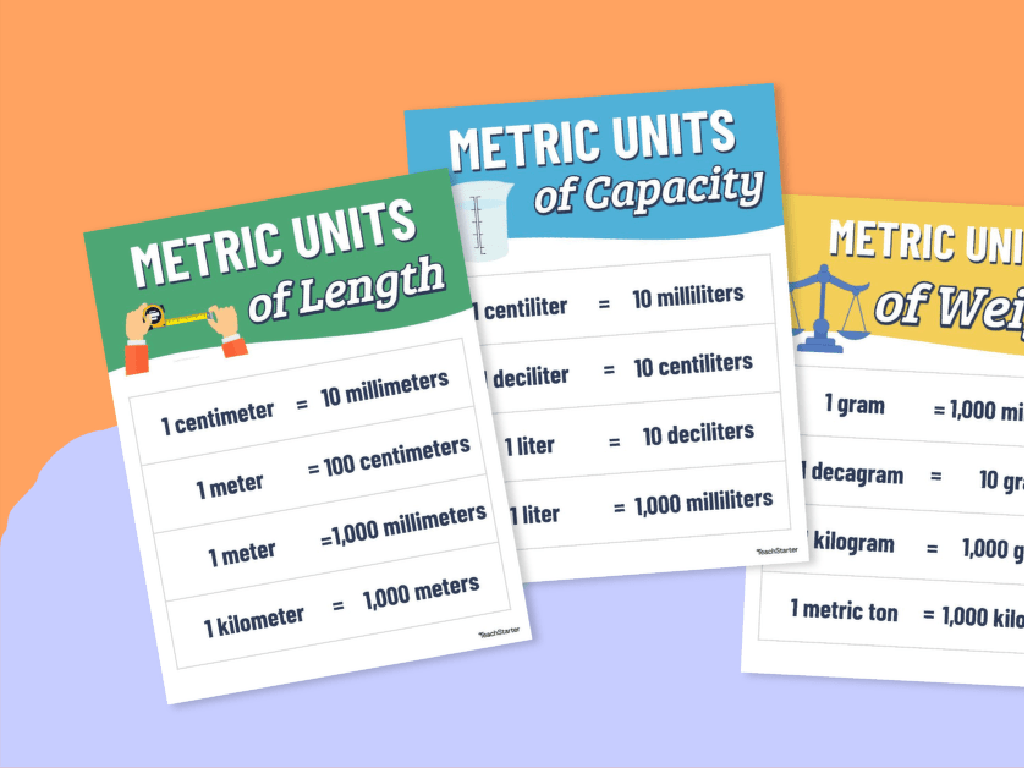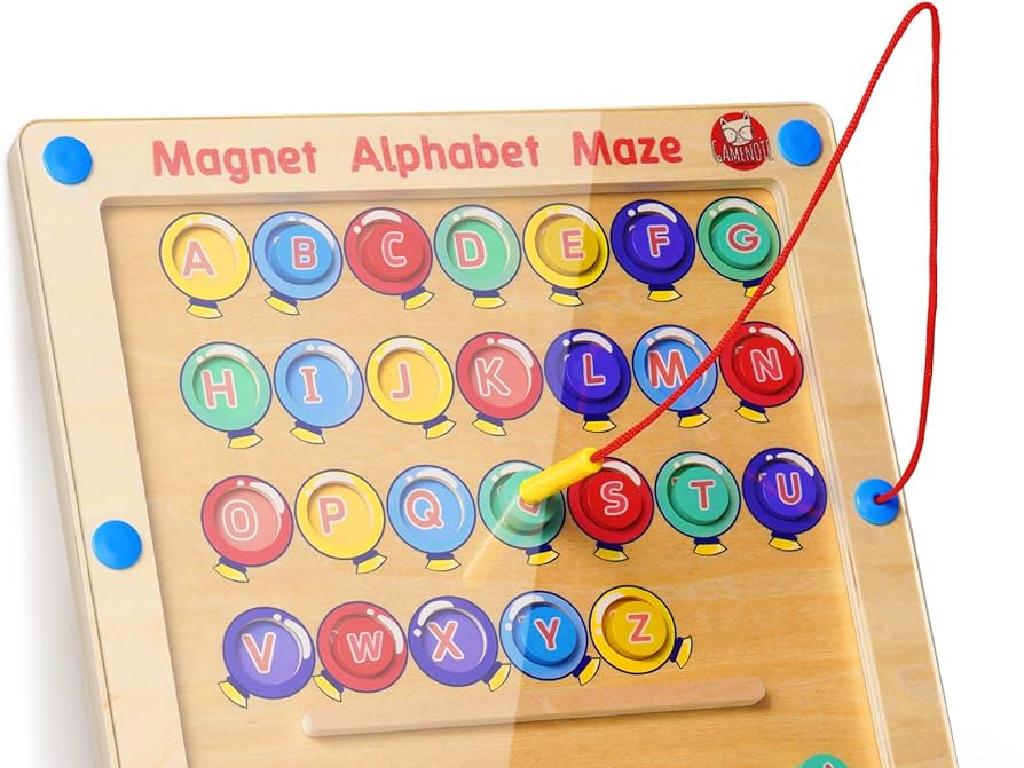Describe The Difference Between Related Words
Subject: Language arts
Grade: Sixth grade
Topic: Word Choice And Usage
Please LOG IN to download the presentation. Access is available to registered users only.
View More Content
Welcome to Word Wonders: Choosing the Right Word
– Explore word relationships
– Understand word choice
– Words with similar meanings can have different connotations or uses.
– Importance of precise words
– Using the right word can express your thoughts more clearly and accurately.
– Impact of word choice on language
– Word choice shapes the tone and clarity of communication, making it crucial for effective writing and speaking.
|
In today’s lesson, we’ll embark on an adventure through the world of words, understanding the subtle differences between related terms. Students will learn that while some words may appear to be interchangeable, their usage can greatly affect the meaning and tone of a sentence. Emphasize the importance of word choice in expressing ideas clearly and accurately, and how it can influence the reader’s or listener’s perception. Encourage students to think critically about the words they choose in their writing and speaking, and to consider the impact those words have on their audience. Provide examples of words with similar meanings but different implications, and discuss why one might be more appropriate than another in a given context.
Synonyms and Antonyms
– Define synonyms and antonyms
– Synonyms are words with similar meanings, antonyms are opposites
– Examples of synonyms
– ‘Happy’ is similar to ‘joyful’, ‘sad’ is similar to ‘unhappy’
– Examples of antonyms
– ‘Hot’ is the opposite of ‘cold’, ‘light’ is the opposite of ‘dark’
– Class activity: Quick Pairs Game
|
Begin by explaining that synonyms are words that have similar meanings, while antonyms are words with opposite meanings. Provide clear examples to illustrate the concept. For synonyms, use ‘happy’ and ‘joyful’ to show similarity, and for antonyms, use ‘hot’ and ‘cold’ to demonstrate opposites. Engage the class with a ‘Quick Pairs Game’ where students are tasked with finding either a synonym or an antonym for words written on the board. This activity encourages active participation and helps reinforce their understanding of the concepts. For the game, prepare a list of words in advance and ensure there are enough examples for each student to participate. Consider pairing students to promote teamwork.
Connotation vs. Denotation
– Words: Similar meanings, different feelings
– Denotation: Word’s literal meaning
– Denotation is the dictionary definition.
– Connotation: Feelings or ideas suggested
– Connotation is the emotional or cultural association.
– ‘House’ vs. ‘Home’: Feel the difference?
– ‘House’ implies the structure; ‘Home’ suggests comfort and family.
|
This slide introduces students to the concepts of connotation and denotation, which are crucial for understanding word choice and usage. Denotation refers to the actual definition of a word the objective meaning you would find in a dictionary. Connotation, on the other hand, involves the emotions, values, or images associated with a word, which can be subjective and vary based on personal or cultural experiences. Use ‘house’ and ‘home’ to illustrate how two words can have similar denotations but different connotations; a ‘house’ is simply a building, while ‘home’ might evoke feelings of warmth, security, and belonging. Encourage students to think of other word pairs and discuss the connotations each word carries. This will help them choose words more carefully in their writing to convey the desired tone and nuance.
Homophones vs. Homographs
– Homophones: Same sound, different meanings
– Examples: ‘sea’ vs. ‘see’, ‘flower’ vs. ‘flour’
– ‘I see the sea’, ‘The flower is made of flour’
– Homographs: Same spelling, different meanings
– ‘Lead the way’ vs. ‘Pencil lead’
– Class Activity: Crafting sentences
– Use homophones/homographs to make creative sentences
|
This slide introduces students to the concepts of homophones and homographs, which are important for understanding word choice and usage. Homophones are words that sound alike but have different meanings and spellings, such as ‘sea’ and ‘see’. Homographs, on the other hand, are words that are spelled the same but have different meanings and sometimes different pronunciations, like ‘lead’ (to guide) and ‘lead’ (a metal). The class activity encourages students to apply their understanding by creating sentences using the provided examples of homophones and homographs. For the activity, the teacher should guide the students to think about the context of each word to ensure they grasp the differences in meaning. Possible variations of the activity could include drawing illustrations to represent the different meanings or creating a short story that includes both homophones and homographs.
Shades of Meaning: Understanding Intensity
– Similar words, different strengths
– ‘Angry’ spectrum example
– Words like annoyed, angry, furious show increasing intensity
– Precision in language expression
– Grasping nuances enhances clarity and impact in writing
– Activity: Rank intensity of words
– List words from mild to strong feelings
|
This slide introduces the concept of ‘Shades of Meaning’ to help students understand that words with similar meanings can convey different intensities of emotion or characteristics. By using the ‘Angry’ spectrum as an example, students can visualize how words like ‘annoyed,’ ‘angry,’ and ‘furious’ escalate in intensity. Understanding these subtle differences is crucial for students to express themselves more precisely and effectively in both spoken and written language. The class activity involves ranking words by their intensity to reinforce the concept. For the activity, provide a list of words related to different emotions or actions and ask students to arrange them from least to most intense. This will encourage critical thinking and discussion about word choice. Possible words for the activity could include: happy, content, ecstatic, thrilled; or cold, chilly, freezing, frigid.
Using Context Clues to Understand Words
– Context clues unlock word meanings
– Search for synonyms and antonyms
– Words with similar or opposite meanings can hint at the unknown word’s meaning
– Find explanations and examples
– Sentences around the word often explain it
– Practice with bold words in text
– Let’s identify meanings of highlighted words together
|
This slide introduces the concept of context clues as a strategy for understanding the meaning of unfamiliar words. Emphasize the importance of looking for words or phrases that are similar (synonyms) or opposite (antonyms) to the unknown word, as well as any explanations or examples that the author might provide. The practice activity involves identifying the meaning of words that are bolded in a given text, using context clues. Encourage students to think like detectives, using the clues provided in the text to infer the meanings of new words. This activity will help students become more independent readers and improve their vocabulary.
Choosing the Right Word
– Context shapes word choice
– Words can change meaning depending on the situation.
– Audience and purpose matter
– Tailor your words to who you’re speaking to and why.
– Activity: Refine sentences
– Rewrite given sentences using more specific words.
– Enhance precision in language
– Use more exact terms to improve clarity and understanding.
|
This slide introduces the concept of word choice and its importance in effective communication. Students should understand that the context in which a word is used can greatly influence its meaning and appropriateness. Additionally, considering the audience and the purpose of the communication is crucial in selecting the right words. The activity involves rewriting sentences to replace vague or general words with more precise and descriptive alternatives, fostering a deeper understanding of how word choice affects the clarity and impact of their writing and speech. Encourage students to think critically about the words they choose and to practice this skill to enhance their language abilities.
Class Activity: Word Detective!
– Find word pairs in a book
– Identify types of word relationships
– Look for synonyms, antonyms, homophones, and homographs
– Discuss the author’s word choice
– Why would an author prefer ‘scared’ over ‘terrified’?
– Share discoveries with classmates
|
In this engaging class activity, students will become word detectives, searching for pairs of related words in their favorite books. They will identify different types of word relationships such as synonyms (words with similar meanings), antonyms (words with opposite meanings), homophones (words that sound the same but have different meanings), and homographs (words that are spelled the same but have different meanings). Students should consider the context in which the author chose one word over another and be prepared to explain their thoughts. For example, why might an author use ‘happy’ instead of ‘elated’? This activity will enhance their understanding of word choice and its impact on text. Encourage students to think critically about the words and be ready to share their findings in a class discussion. Provide guidance on how to present their findings effectively.






